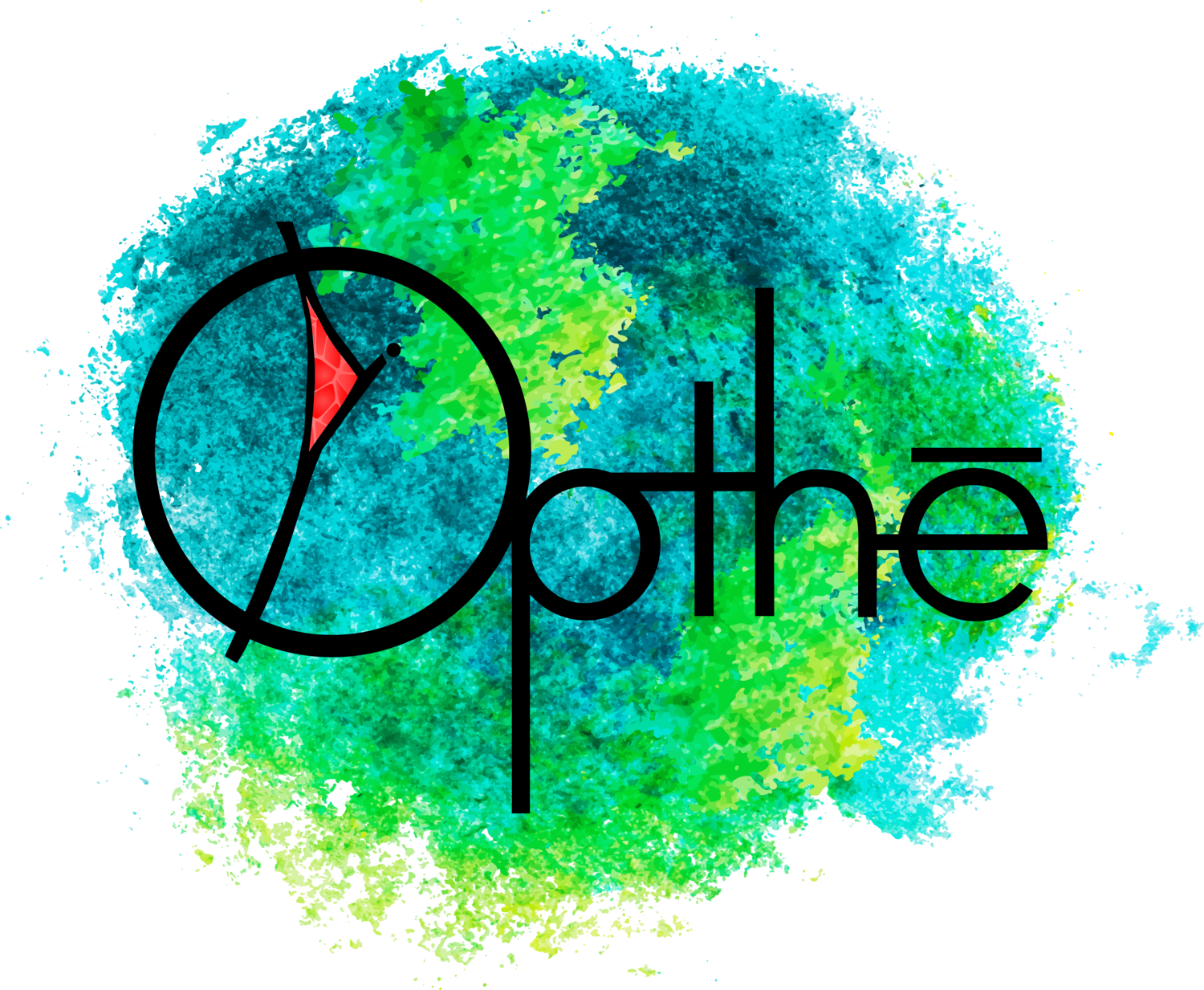Agape, as grounded in human experience, draws from a wealth of intellectual and emotional origins that span both historical and psychological contexts. Though often framed religiously, the concept likely has roots in the most basic human needs and interactions—an innate pull toward connection, survival, and cooperation that has been central to human communities for millennia. This historical continuity of agape connects us to our ancestors and underscores the enduring nature of human relationships. Here’s a breakdown of the intellectual and emotional sources of this concept as they’ve emerged in human thought:
1. Evolutionary Basis: Social and Survival Needs
Humans, as social animals, evolved in groups where cooperation was key to survival. The evolution of empathy and altruism likely contributed to the species’ success by encouraging behaviors that fostered social bonds. This wasn’t limited to genetic relationships but extended to a broader communal sense, an early form of agape, where individuals supported others even without immediate personal gain, highlighting the universal nature of this concept.
2. Philosophical Roots: Stoicism, Confucianism, and Beyond
Philosophers across cultures have explored a universal and dispassionate form of love. In Stoicism, thinkers like Epictetus and Marcus Aurelius advocated for love transcending personal attachments, viewing humanity as one interconnected body. Similarly, Confucian concepts like ren (benevolence or humaneness) emphasize harmony, compassion, and the importance of selfless action for the good of society. These ideas laid the early intellectual groundwork for an agape that sees all human beings as worthy of care simply by shared existence.
3. Emotional and Psychological Foundations
Psychologically, agape aligns with what psychologist Abraham Maslow identified as “self-transcendence” at the peak of his hierarchy of needs. At this stage, individuals go beyond self-interest to seek connection with others and contribute to a larger purpose, often experiencing a “flow” and fulfillment when helping others. This process is emotionally satisfying, pointing to an inherent human capacity for compassion and connection.
Additionally, the psychology of empathy shows that humans naturally tend to mirror the emotional states of others, fostering an inclination to alleviate suffering. From an emotional standpoint, the relief of another’s distress can feel like one’s own relief, giving rise to a more general ethic of care that reflects agape’s essence.
4. Anthropological Perspectives on Ritual and Community
Anthropologists observe that early human societies developed rituals and communal activities reinforcing group identity and cohesion. People fostered a collective sense of belonging by participating in shared practices—like mourning, celebrating, or even storytelling. These practices embodied a proto-agape, underscoring mutual commitment and care for one another. As religious and cultural systems evolved, this community-focused mindset often became symbolically or mythologically expressed, embedding agape within cultural narratives and practices.
5. Human Experience and Universal Suffering
The recognition of universal suffering (acknowledging that all experience hardship, loss, and mortality) has historically generated an ethic of care. Understanding that all people face the same ultimate fate fosters a kind of solidarity, an emotional foundation for agape. Many thinkers have noted how suffering can breed compassion, as seen in Buddhist and existentialist teachings, where shared suffering unites individuals and encourages mutual support and kindness.
6. Intellectual Articulations in Ethical Thought
In the West, Kantian ethics advocated for treating individuals as ends in themselves, not merely as a means to an end. This respect for the dignity of each person aligns with Agape’s emphasis on valuing others unconditionally. Similarly, in modern secular ethics, thinkers like Albert Schweitzer’s “Reverence for Life” and Martin Buber’s “I-Thou” relationship highlight a fundamental respect and appreciation for others as autonomous beings deserving of compassion.
7. Narratives and Storytelling Traditions
Stories—from folklore to epic literature—play a significant role in teaching the value of selflessness, compassion, and sacrifice. Heroic and mythic narratives often center on individuals who act out of a love that transcends personal desire, demonstrating agape through sacrifice or altruistic acts. These stories, culturally shared across time, reinforce agape as an aspirational, noble virtue deeply embedded in human narratives.
Summary
The intellectual and emotional basis for agape lies in a convergence of survival imperatives, philosophical reflections on the nature of humanity, psychological inclinations toward empathy, and the anthropological development of communities bound by shared values and narratives. Through these elements, agape emerges as a vital part of human wisdom—an enduring ideal that, though often projected as divine, is fundamentally a product of the collective human experience.

